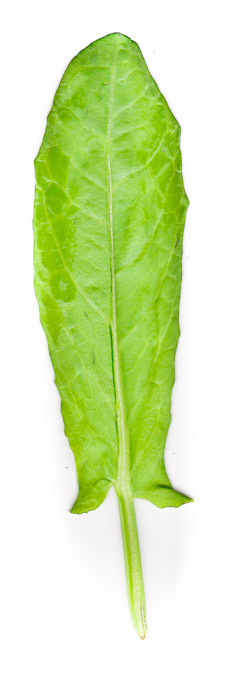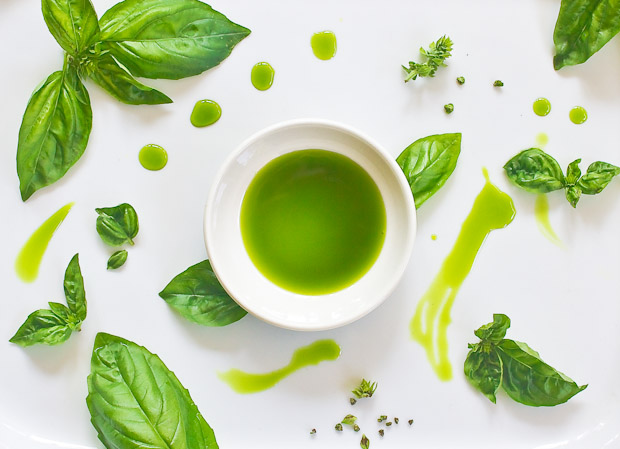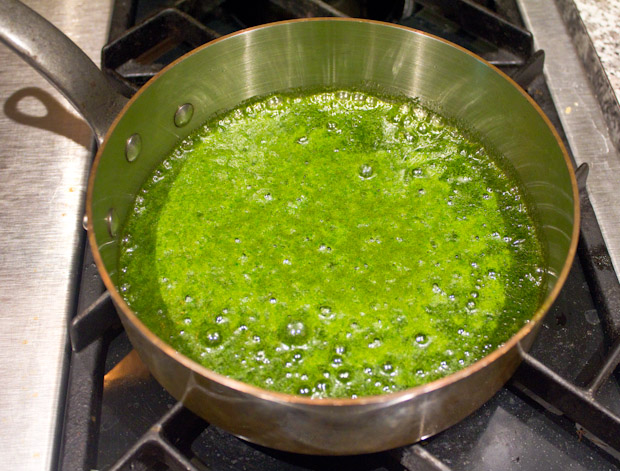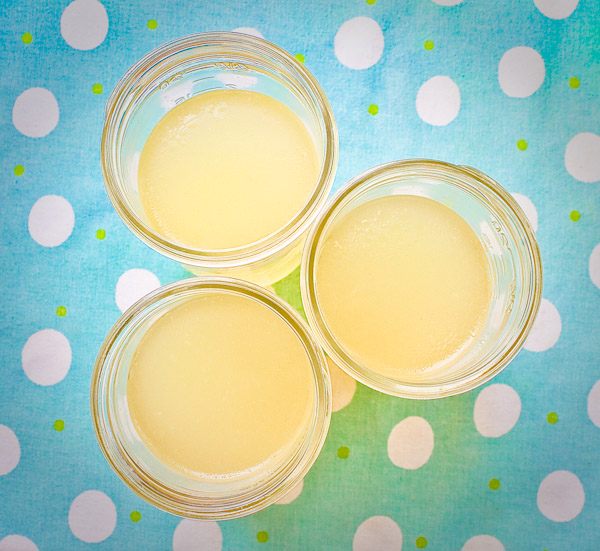 One year and three days ago, at 3:30 in the afternoon on 11/11/11, I was eating lentil soup. I am able to tell you exactly that, as it was the meal I finished just as my water broke for the birth of my son. Truthfully, it was lentil soup followed by a scoop of my husband’s homemade vanilla bean ice cream, topped with a generous drizzle of David Lebovitz’s perfect hot fudge recipe Standing at the edge of the new parent cliff, really having no idea what the next many weeks would hold for us, I had been furiously putting meals away for days and days. I don’t know what I expected, but my level of anxiety was fairly appropriate. And when I get anxious, I cook. When someone is struggling, I cook. When things seem grim and I have no idea what to do, out come the cookbooks. And so for the very expectant weeks prior, I had been cooking and cooking. Our chest freezer in the basement was a culinary tetris, packed tightly with calories to keep us going in the 3ams of the coming weeks. Quart container after quart container of warming stews, gumbos, and soups were obsessively stacked alongside a half dozen bags containing fifty frozen dumplings each, devotedly hauled home from Chinatown in the city. I may have been facing a month without leaving the house or having both hands free at once, but I was not going down on an empty stomach. I didn’t know who I’d be on the other side of all of this, but I knew I’d still demand great food. Lentil soup has been a comfort food staple for me through most of the very varied episodes of my life. Cheap, simple, high in protein, and even vegetarian—for that twenty-year phase I went through—its sum is definitely more than its parts. And this will always be the last thing I cooked as a person who wasn’t someone’s mom. As soon as it gets dark before quitting time and a tiny chill shimmies under the door, I crave this recipe. And eating it again this year, days before I became a person who is the mom of a one year old, I am brought right back to a year ago, or my lunch break room in graduate school, or the kitchen in my first apartment in New York, and also my tiny dark brown dorm fridge. I look at the photo we snapped just before walking out the door to drive to the hospital, and am astounded by how I feel like I don’t even know those people. But it is indeed me, as is the girl hosting her first dinner party in a studio apartment, or the girl with the giant mug in her window seat in college, all recognizing each other by the smells and tastes of the recipes that make up my life’s cookbook. Happy first birthday darling boy.
| ||||||||||||||||||||||
 Sorrel (and its many varieties and names: garden sorrel, english sorrel, common sorrel, french sorrel) is showing up now in abundance at farmers markets and in gardens. It is a perennial (it comes back each year) herb, with super tender leaves that pack a ton of vitamins C and A. Sorrel (and its many varieties and names: garden sorrel, english sorrel, common sorrel, french sorrel) is showing up now in abundance at farmers markets and in gardens. It is a perennial (it comes back each year) herb, with super tender leaves that pack a ton of vitamins C and A.It is incredibly easy to grow yourself, in a spot with full sun. We planted a small plant last year, basically ignored it, and this season it has not only returned, but is already 2+ feet tall. The long, oval, slightly pointed, arrow-like leaves are thin, soft and delicate, like a baby lettuce leaf. What is most remarkable about this herb is its decidedly sour flavor. The name Sorrel is derived from the word sour, and is also, with a deliberate nod, the name of the sour-lipped daughter in Noel Coward's Hay Fever. A role I've played and adored. Bright and tart, it is not unlike adding lemon zest to a recipe. The flavor mellows out a good amount when cooked, and is less pronounced in younger leaves. But to get it's full get its full zing, it can definitely be used raw. Sorrel is wonderful added to salads, or pureed raw and frozen to brighten up winter dishes. It is a natural with eggs, potatoes, fish, or pureed in a cream sauce, and can be sauteed like spinach. My first experience cooking with sorrel, and still my favorite, is a Chard and Sorrel Soup found in Deborah Madison's vegetable-bible cookbook Vegetarian Cooking for Everyone Keep an eye out for this leafy green treasure at markets now and throughout the summer. Buy more than you need, and freeze some for when your heavy root vegetable winter month meals need some summery assistance. | ||||||||||||||||
 Sweet, elegant, rosy, and full of the ocean, homemade lobster stock grabs my attention like little else. Having a few quarts of this on hand in my freezer has allowed me, on more than one occasion, to pull a seafood risotto out of thin air for unexpected dinner guests. I'll repeat that--pull seafood risotto out of thin air. Like last week's tutorial on making chicken stock, I think it is incredibly important to make a point to use every part of an animal and take nothing for granted. Particularly with pricy lobsters, not wasting any of their precious flavor or nutrients seems paramount. The shells and body have loads of luscious lobster essence, and tossing that out feels criminal. (more…) | ||||||||||||||||
Of all of the amazing things I learned in culinary school, by far the most valuable was how to make great stock. I clearly remember the lightbulb moment when it was demonstrated to us. I clearly remember rushing home that weekend with a bag of carrots, celery, and onions, dying to practice it on my own, and proudly showing my husband my new skill. At this point it is totally ingrained in our weekly life. We whip up a pot of stock almost without thinking, whenever we have extra bones or the reserve in the freezer is getting low. Daily we use lovely homemade stock in all areas of cooking, sometimes where you would just add water, adding a huge boost of flavor and protein. It is such a joy to have it always on hand, know exactly what is in it, and have such a superior ingredient. I can't even smell store-bought broth in a can anymore. There. Is. No. Comparison. I also really value that we are using every bit of the animal, right down to its bones, neck and feet. There is incredible flavor and protein in there. But also if that animal is going to die for me to eat it, and I am certainly not going to take that for granted and be wasteful. Do yourself a giant favor and have a few quarts of this on deck in your freezer. Use it to cook rice and grains, reduce it for sauces, throw in shredded vegetables and thin noodles for a quick soup, and hundreds of other applications. I also love sipping a mugful for a mid-afternoon snack.
| ||||||||||||||||||||||
|
|
{ welcome! }
 Catie Baumer Schwalb is a chef, food writer and photographer, who splits her life between the city and the country. Not too long ago Catie was a New York City based actress and playwright for more than a decade. She has her Master of Fine Arts from the National Theater Conservatory, and her Grand Diplôme in classic culinary arts from the French Culinary Institute in New York City.
... Read More ≫
Catie Baumer Schwalb is a chef, food writer and photographer, who splits her life between the city and the country. Not too long ago Catie was a New York City based actress and playwright for more than a decade. She has her Master of Fine Arts from the National Theater Conservatory, and her Grand Diplôme in classic culinary arts from the French Culinary Institute in New York City.
... Read More ≫{ get in touch }
{ what's new }
September 12, 2015
August 19, 2013
August 15, 2013
August 13, 2013
August 1, 2013
{ favorites }
{ archives }
Appetizers / Breads & Pastry / Breakfast / Cakes / Canning / Condiments / Dinner / DIY foods / Drinks / Fall / favorites / Grains / Holidays / Local / Noodles & Pasta / Pies & Tarts / Poultry / Salads / Seafood / Snacks / Soup / Spring / Summer / Sweets / Techniques / Vegetables / Vegetarian / Winter /
{ currently reading }
|












